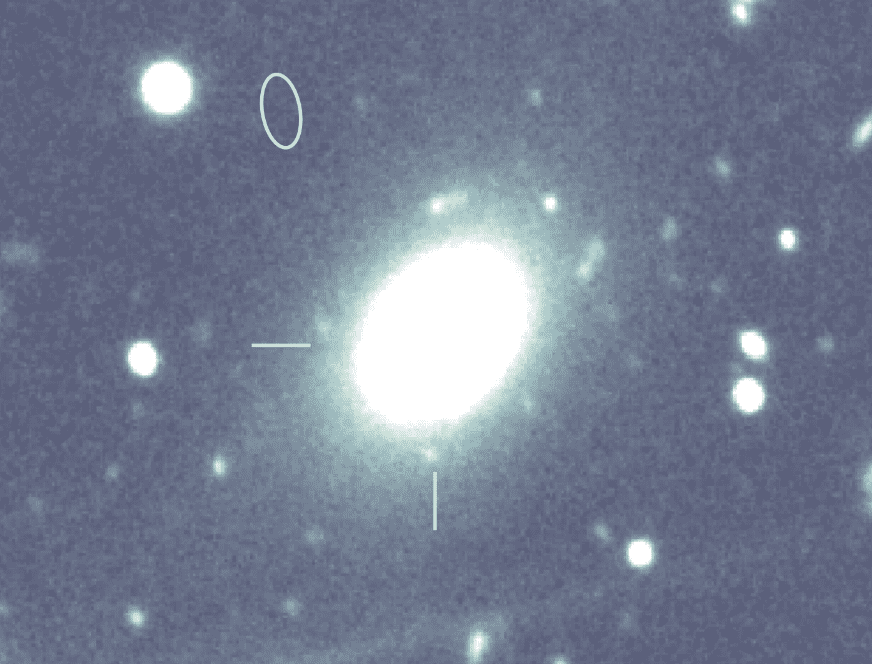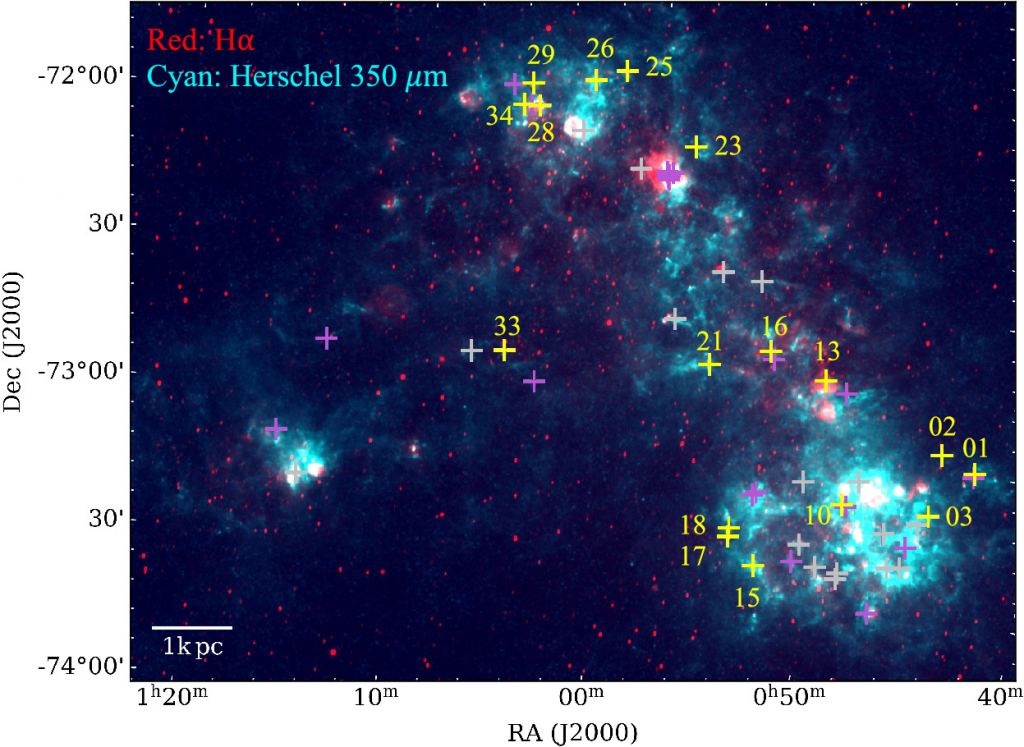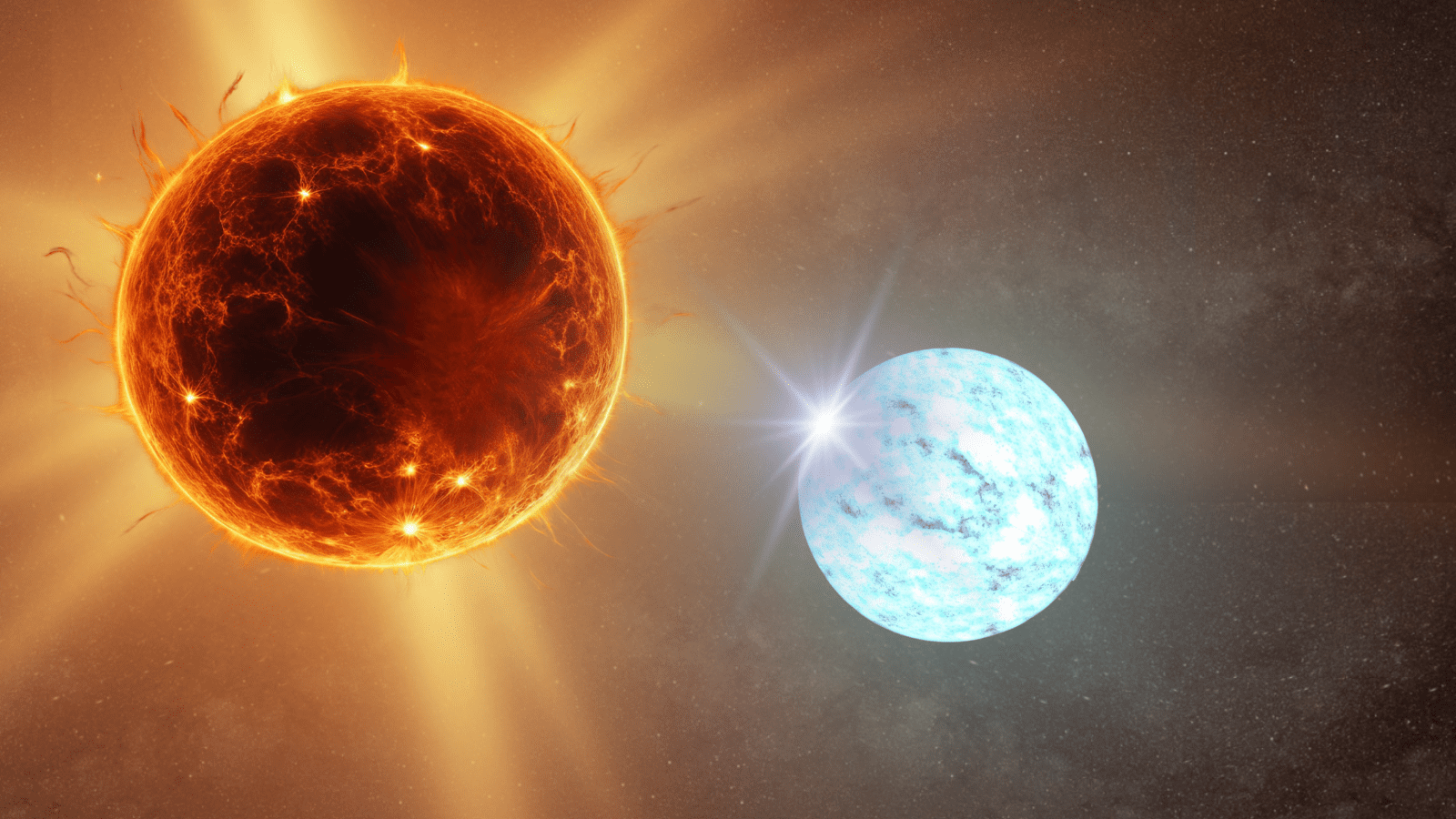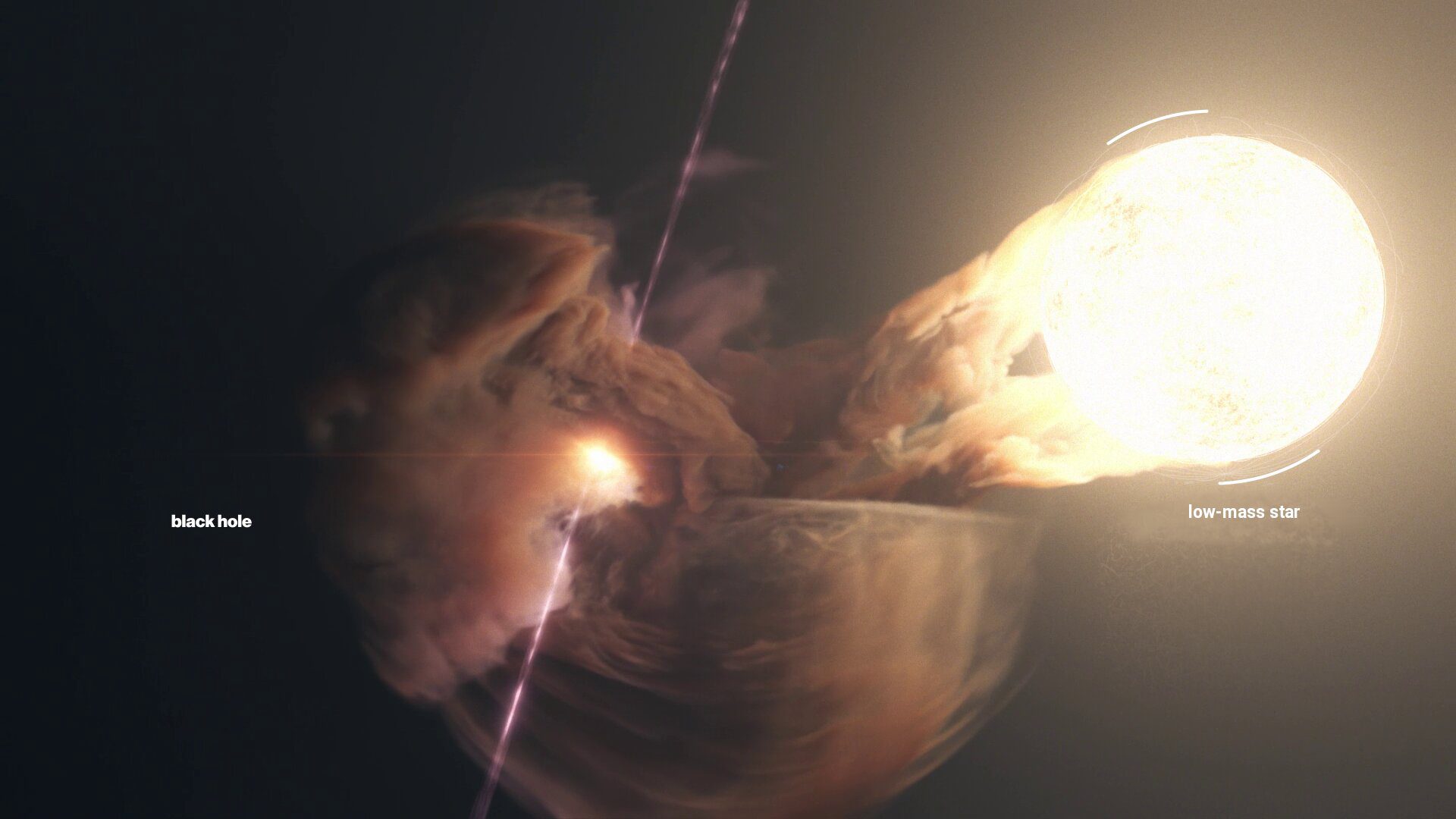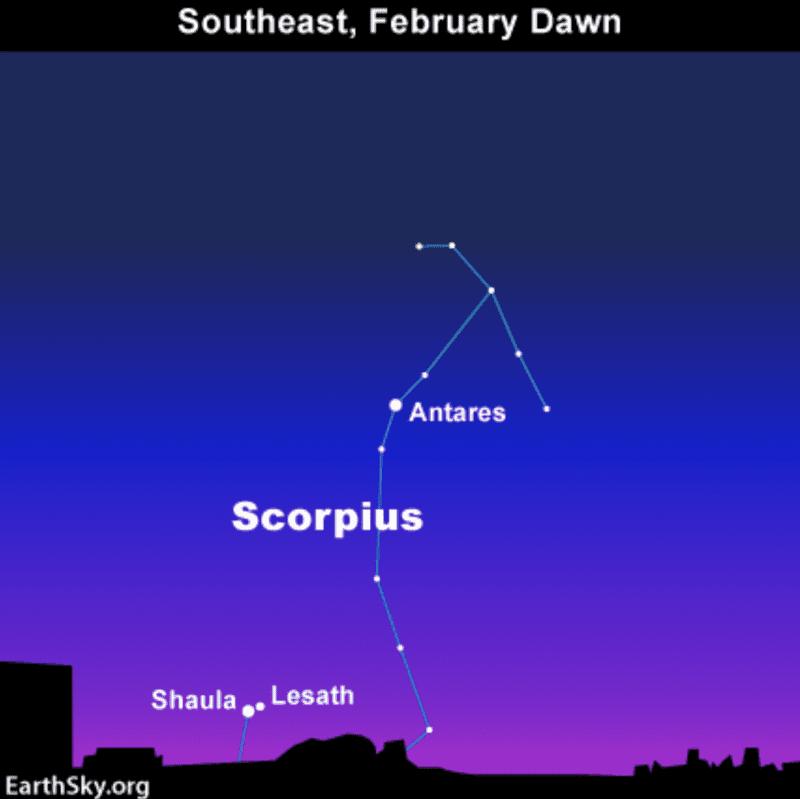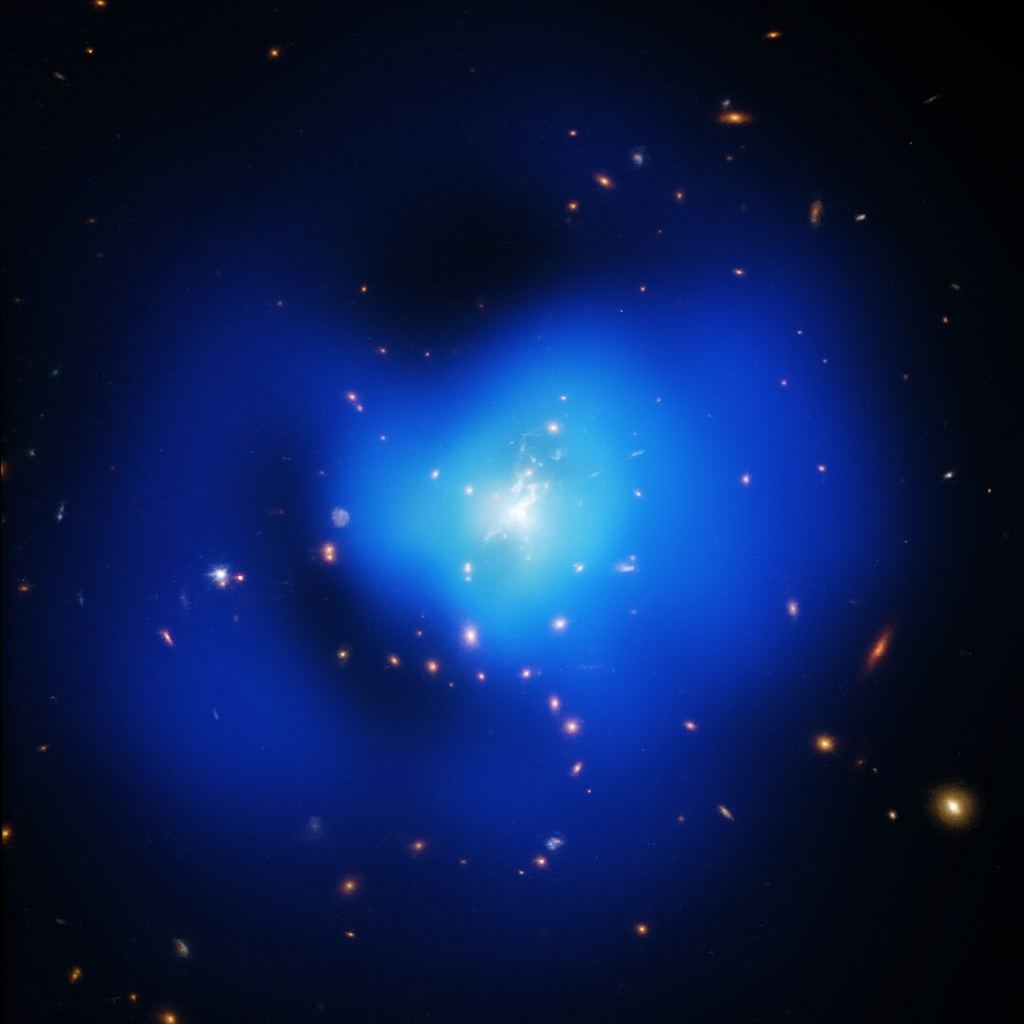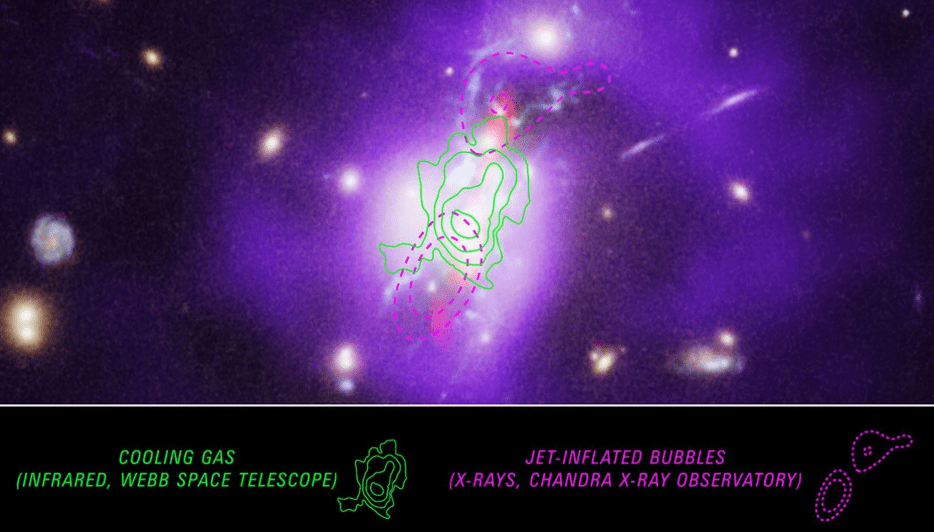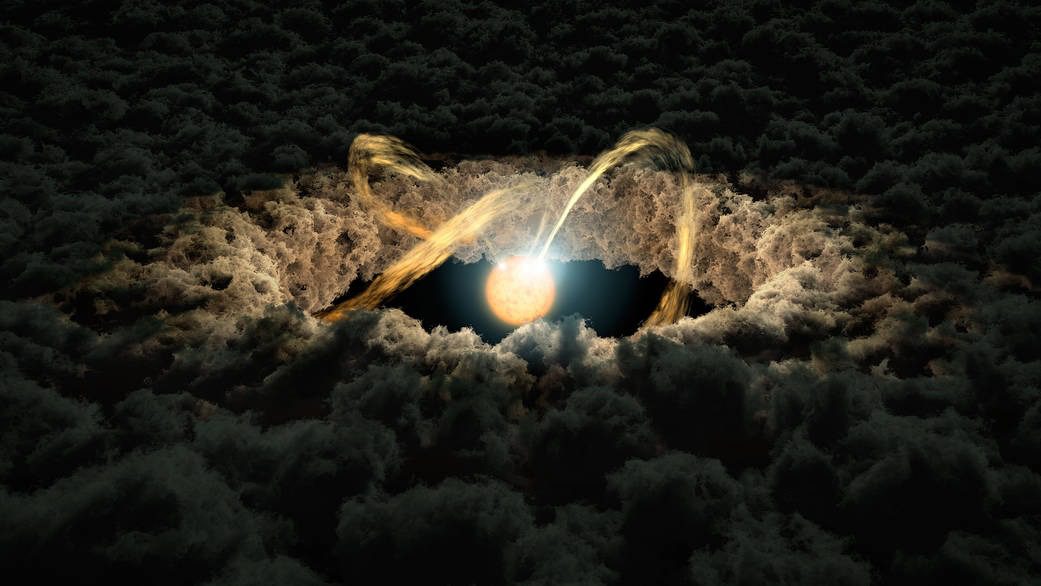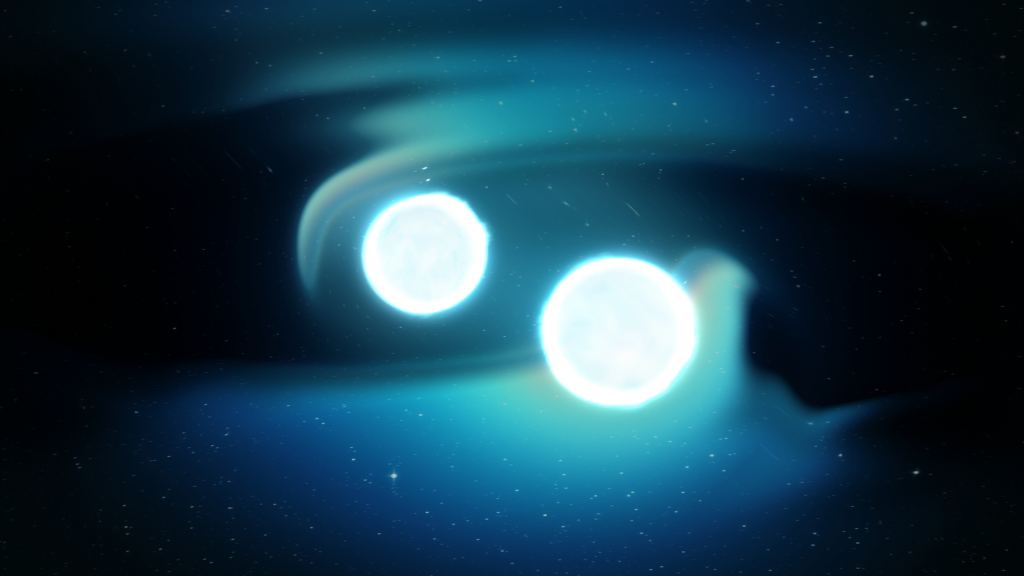Look for the colors of the stars
View at EarthSky Community Photos. | Paolo Palma in Naples, Italy, created this composite of star colors with images of individual stars taken over the course of 2 years, which he calls Kaleidocosmo. He captured all the stars he could see from Naples – up to +5 magnitude and brighter – some 1,250 stars! Then, … Read more

